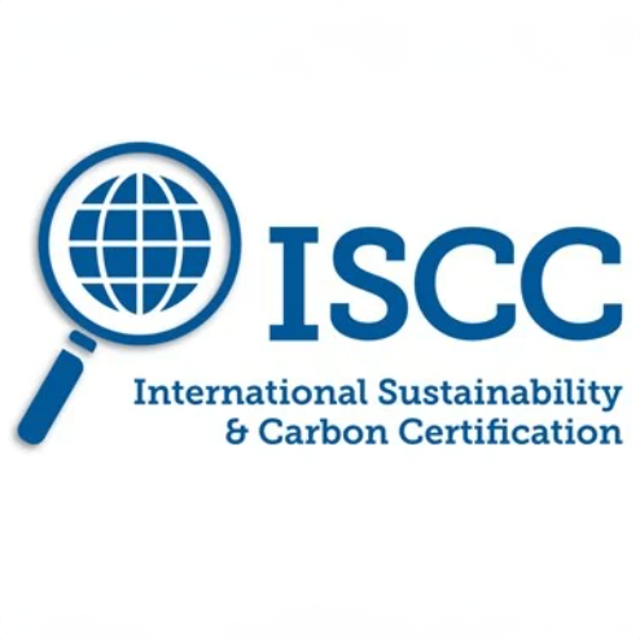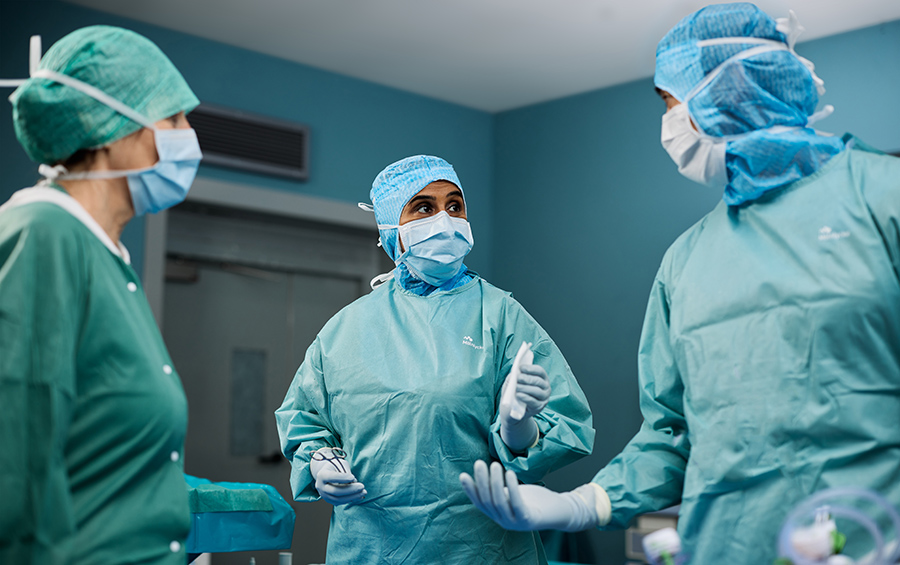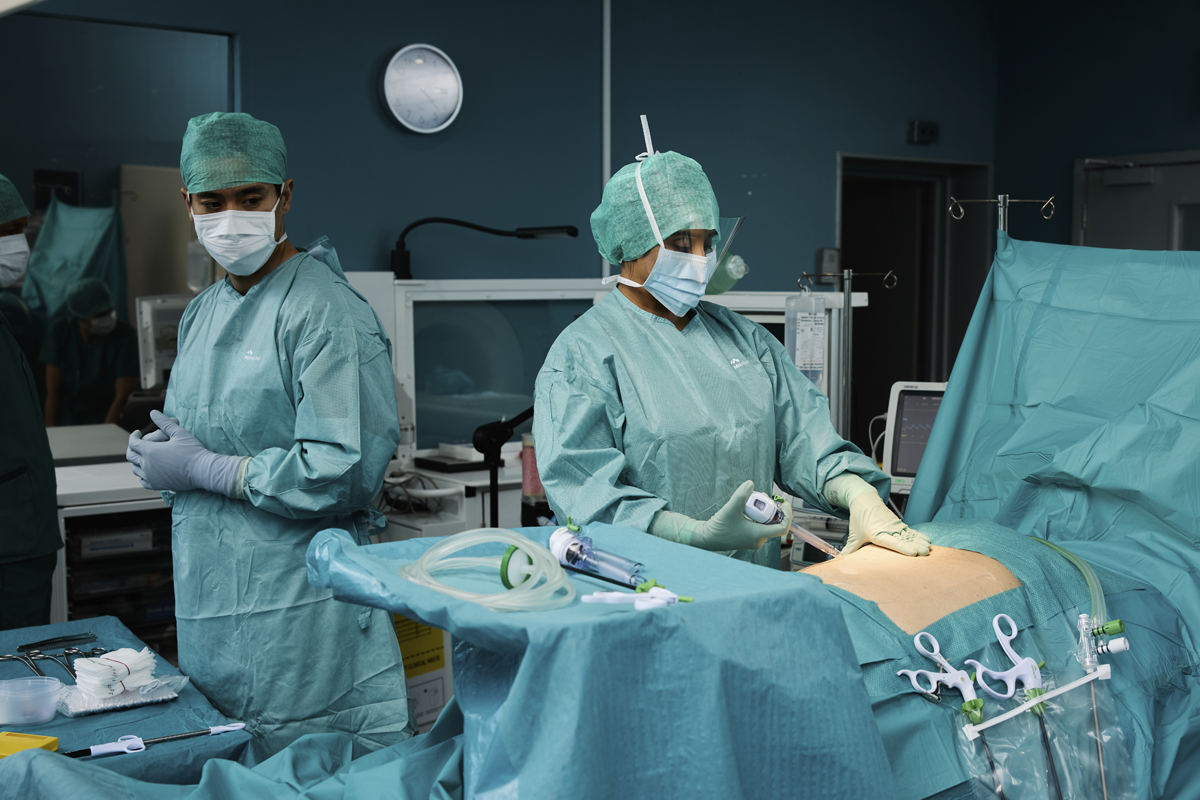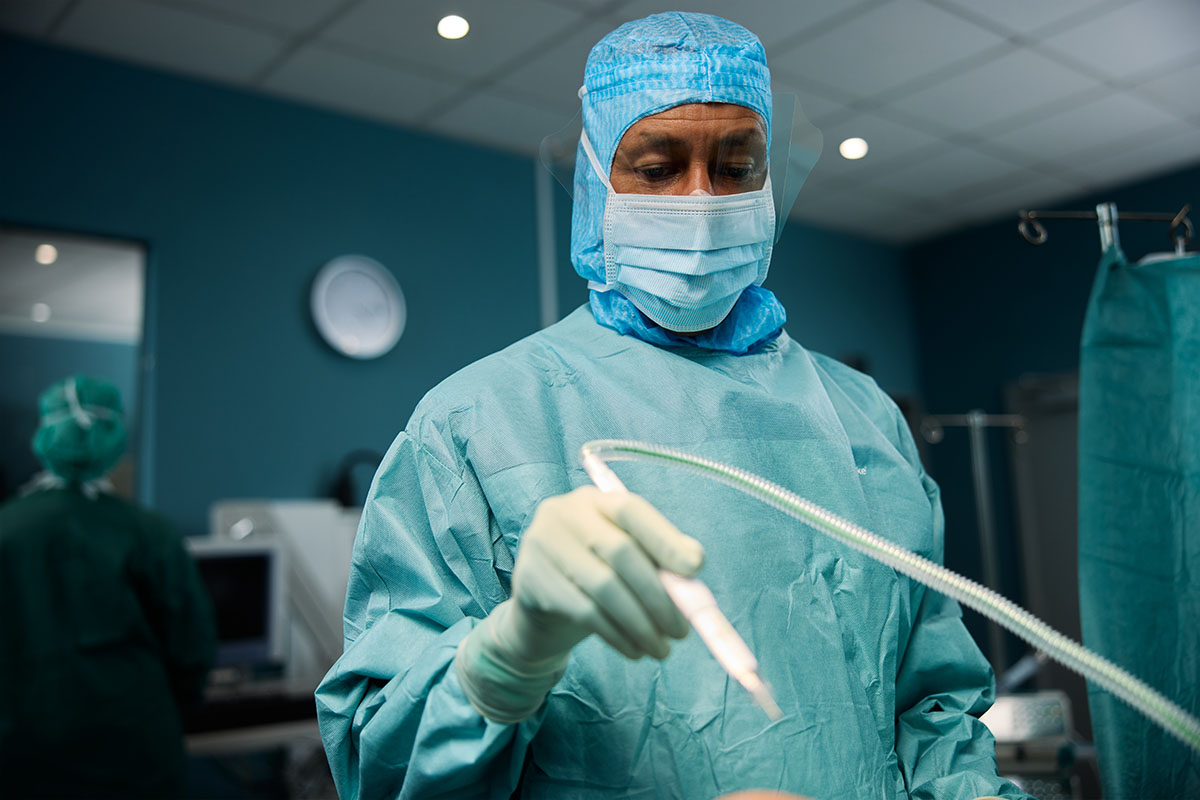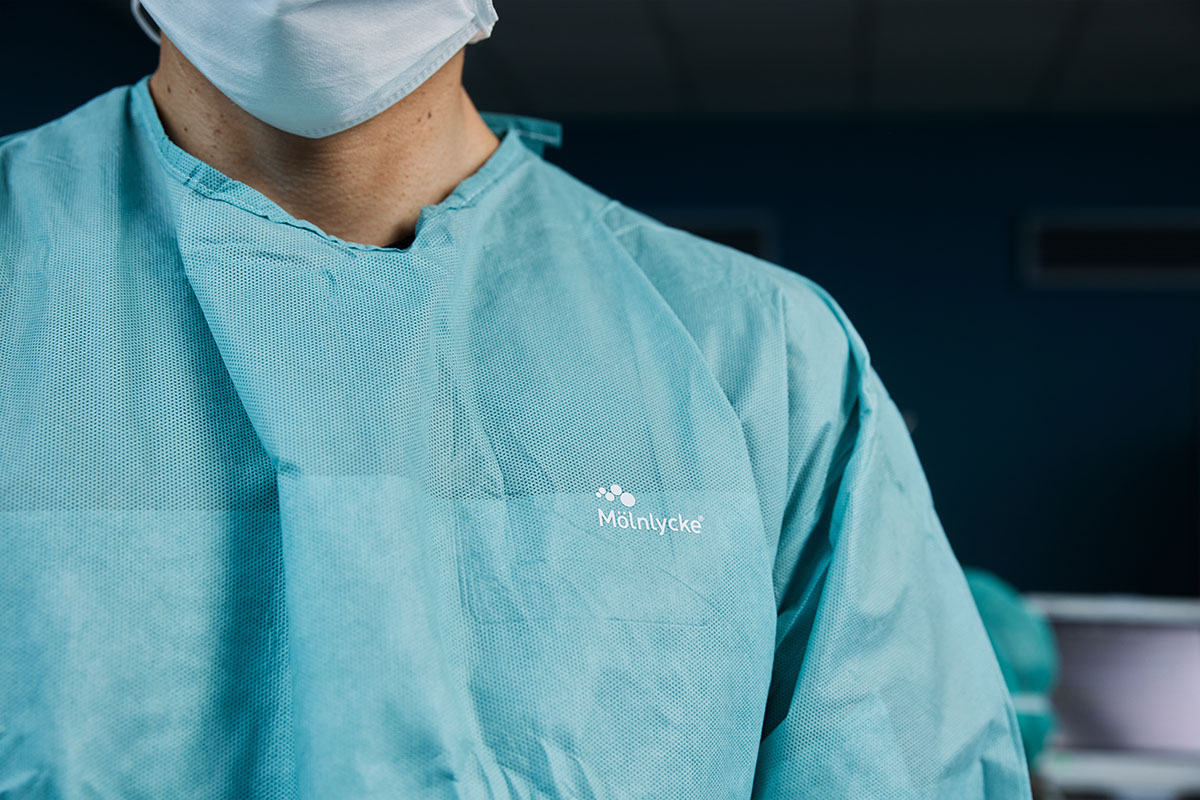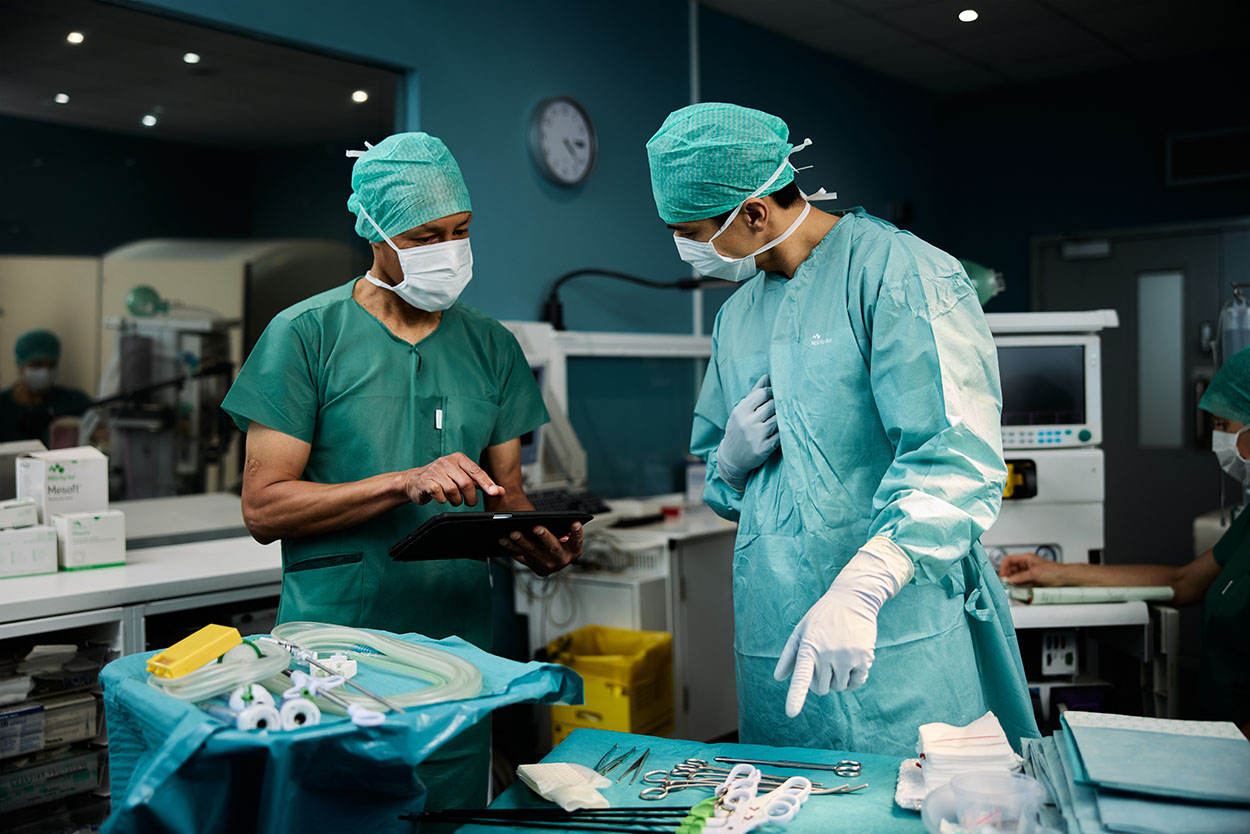The last thing on your surgical team’s mind when hard at work in the OR is probably how much waste your single-use surgical instruments and drapes generate, or how much more efficiency you could gain from customised procedure-specific surgical trays. But as sustainability becomes a watchword for every industry, the single-use nature of antiseptic surgical environments is also coming under scrutiny by regulatory bodies and even by patients.
While patient safety leads as the most important consideration, hospitals continue to be beset by resource limitations balanced against new regulations that demand more sustainable and circular operations. Add to this equation the difficult-to-calculate environmental aspects of the operating room: from the CO2 expended in sourcing and producing the materials used in the production of OR goods to calculating the logistics of getting surgical trays and drapes and other surgical equipment into the hospital and properly distributed.
But what if you could gain clarity on exactly what impact the CO2 from your surgical business generates?
Sustainability roadmap
Mölnlycke Health Care launched WeCare, the company’s 2030 sustainability roadmap, in 2021. The roadmap charts the actions the company is taking toward a sustainable future and supports the objectives of the Paris Agreement on climate change and the UN Sustainable Development Goals (SDGs).
WeCare builds on three pillars integral to Mölnlycke’s business approach: Green mindset, Responsible relationships and Ethical business. These pillars influence Mölnlycke’s business models, partnerships, resource management and innovation, and state how Mölnlycke strives to create a work environment where everyone can excel. The WeCare program supports the company’s sustainable growth and determination to take a lead in sustainable healthcare and outlines the short and long-term targets that will ensure our progress, tracking it according to Global Reporting Initiative (GRI) standards or internal KPIs.
These targets include a number of key measurable outcomes within the three pillars. For the green mindset, for example, we will become a net zero company by 2050, 100% fossil-free electricity use at manufacturing sites by 2024, zero waste to landfill at manufacturing sites by 2030, and more. For responsible relationships, we will provide a healthy, safe workplace for an engaged workforce, including a long-term target of zero injuries, gender oarity at director level and above by 2025, five different nationalities in executive leadership by 2025, and more than 10,000 lives improved with our global CSR program by 2025, among other goals. Finally, for ethical business, we act with integrity to ensure that 100% of employees receive annual training or awareness in the ethics and compliance space by 2023, that 100% of employees feel safe reporting concerns without fear by 2025, and that 100% of active distributors have completed our due diligence process by 2025.
Guiding the conversion to sustainability
Our own commitments and verifiable results illustrate our credibility in developing and supporting sustainable healthcare solutions and offering support and consultancy to our customers to help achieve sustainability through our partnership.
Specific tools and standards can help to ensure that healthcare organisations can also achieve these ambitious targets.
Sustainable standards: ISCC-certified solutions
Mölnlycke continuously innovates to offer the most sustainable solutions without compromising on the safety and quality of its products. By applying lifecycle thinking to existing products, the company proactively steers its product portfolios towards improved sustainability outcomes.
International Sustainability and Carbon Certification (ISCC) sets of universal drapes and a range of surgical gowns offered by Mölnlycke are one example of more sustainable, circular solutions and our commitment to using materials more efficiently. One of the three layers that make up the drapes is made of ISCC-certified renewable, biobased raw materials. As a result, an externally reviewed Life Cycle Assessment 1 showed these drapes to generate on average 20% less greenhouse gas emissions than traditional products.
Calculating a more sustainable footprint
Creating products that fulfil sustainability goals is one dimension of the issue. Detailing exactly how these products fulfil sustainability targets is another challenge.
To help calculate the advantage, Mölnlycke has developed a digital CO2 measurement tool that calculates the environmental benefits of choosing an ISCC-certified drape over a traditional product.
Mölnlycke currently offers approximately 20 ISCC-certified drapes, consisting of up to 30% bio-based material.
Demand for products using renewable, bio-based raw materials is particularly high in Scandinavia, the UK and Benelux, and is increasing in other markets as well. The calculator’s model includes the product’s entire life cycle, including Scope 1, 2 and 3.
We are transparent about our impact on the environment, people and society and want to support our partners to do the same.


